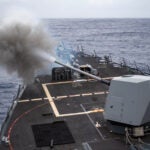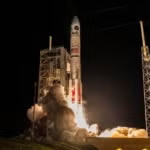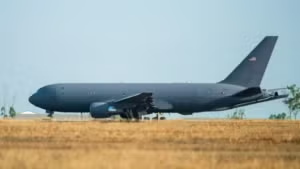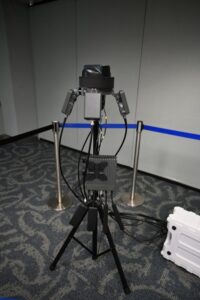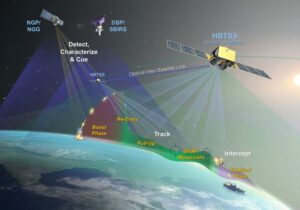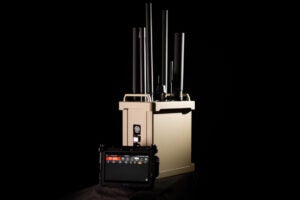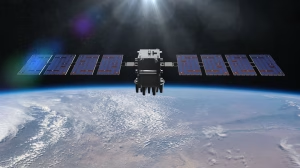
L3Harris Technologies [LHX] said that it recently conducted a two-day "comprehensive Design Concept Review (DCR) showcasing a Resilient-GPS (R-GPS) prototype that performed beyond current requirements." In September, U.S. Space Force Space Systems Command (SSC) said that it had chosen L3Harris, Astranis, Sierra Space, and Astrion's Axient to submit design concepts to launch up to eight R-GPS satellites by 2028 (Defense Daily, Sept. 24, 2024). Last year, former Air Force Secretary Frank Kendall named R-GPS as a Quick Start program. Section…


